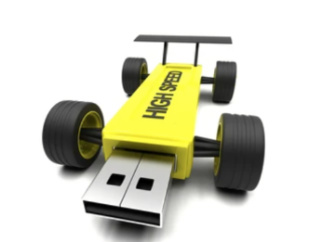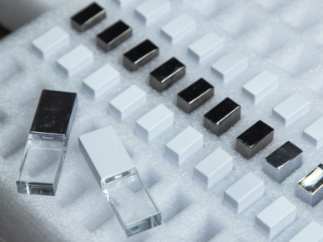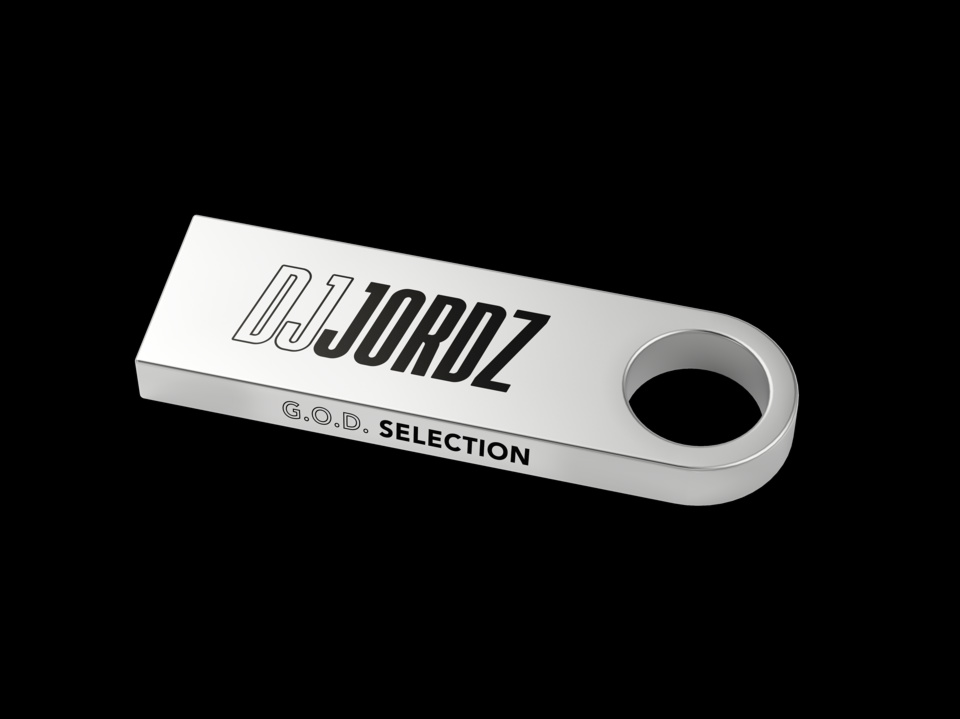If you have been thinking of buying a new USB Pen Drive, you may have heard the term memory chip. Understanding more about memory chips can help you choose the best components for your next USB purchase.
Flash memory chips are EEPROM (electrically erasable programmable read-only memory) chips that can be erased and reprogrammed in blocks instead of one byte at a time.
Since flash memory chips are non-volatile, they do not need a constant power supply to retain their data.
Flash memory chips offer extremely fast access times, low power consumption, and are relatively immune to severe shock or vibration. Their lifespan is approximately 100,000 write cycles, which makes them unsuitable for use as computer main memory.
Typically, flash memory chips are used in portable devices such as digital cameras, smartphones, and MP3 players. USB drives and memory cards also use flash memory to store data.
NOR and NAND flash memory differs in their architecture and design characteristics.
NOR flash memory does not use shared components and can be used to connect individual memory cells in parallel, allowing random access to data.
A NAND flash cell is more compact and has fewer bit lines. They are used to string together floating gate transistors to increase storage density. It is better suited for serial rather than random data access.
NOR flash reads data fast, but it is generally slower than NAND when it comes to erasing and writing. NOR flash programs data at the byte level, while NAND flash programs data in pages. Pages are larger than bytes but smaller than blocks. For instance, a page may be 4 kilobytes (KB) in size, while a block can be between 128 KB to 256 KB or megabytes in size. NAND flash consumes less power than NOR flash for writing applications.
NOR flash is costlier than NAND flash and is mostly used in consumer and embedded devices for boot purposes and read-only applications for code storage.
NAND flash is more suitable for data storage in consumer devices and enterprise server and storage systems due to its lower cost per bit to store data, greater density, and higher programming and erase speeds. It is mainly found in memory cards, USB flash drives, feature phones, smartphones, and other similar products, for storing and transferring data.
Manufacturers have developed different types of NAND flash memory for a wide range of data storage needs.
These are:
· Single-Level Cell (SLC), which can store one bit per cell.
· Multi-Level Cell (MLC), which can store two bits per cell.
· Triple-Level Cell (TLC), which can store three bits per cell.
· Quad-Level Cell (QLC), which can store four bits per cell.
It takes a lot more time to write multiple bits to a single cell. Hence, SLCs are usually the fastest and also the most reliable. SLC also has the most extended life and is also the most stable. The USB 3.0 16GB made by SLC can reach 40mb/s writing and 80mb/s reading speed.
MLC has the second-longest service life, regular speed, and stable quality. A 16 GB USB 3.0 made of MLCs has a writing speed of 20 MB/s and a reading speed of 80 MB/s.
Thanks to technological advancements, the speed and capacity of TLC have improved a lot. A 16 GB USB 3.0 made of TLC has a writing speed of 12 MB/s and a reading speed of 70 MB/s.
QLC has the shortest service life. Hence, it is not a very popular choice when it comes to the storage market.
However, if you are a regular customer, it may not be possible to do so. It is imperative that you chose a reputed, long-established brand when choosing a supplier for your USB drive.
Different customers have different requirements when it comes to memory chips.
If you are in the photography and audio-visual business, we highly recommend that you choose the SLC chip because this chip is stable and fast. In such professions, it is important that data is saved safely, and the SLC does just that.
Of course, if you do not require speed, the MLC chip is a cost-effective alternative. Whether you want to use it for storage chips or high-end gifts, this is a perfect choice.
For customers who are looking at giving USB devices as promotional gifts, the price can be an important factor, especially when the product is given to the customer for free. At this point, you can choose the TLC chip. Some customers may choose MLC chips because the price difference is not very big, but the defect rate in MLC is lower.

 Bulk USB Drives
Bulk USB Drives
